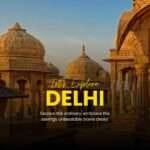Belgium Driving Guide
When driving in Belgium, it’s important to be well-informed about the local driving regulations and circumstances to ensure a pleasant experience. Here’s a comprehensive guide to navigating the Belgian roads: Belgium Driving Guide, international driver’s license Belgium, international driver’s licence Belgium, international driver’s Permit Belgium, Get IDP online Belgium
Exploring the Roads of Belgium
Belgium features a comprehensive system of well-kept highways (autoroutes) and picturesque rural routes, making it a prime destination for road trips. The highways are typically in superb condition, facilitating a smooth transition between cities. However, when traversing historic city centers, one should be prepared for cobblestone streets, which may be uneven and slippery, particularly during rainy conditions. Furthermore, traffic congestion is prevalent in major urban areas such as Brussels and Antwerp, necessitating careful planning of travel times.
Essential Traffic Regulations
Familiarity with Belgium’s traffic regulations is vital for ensuring a safe and pleasant journey. Speed limits are generally established at 50 km/h in urban settings, 70-90 km/h on rural roads, and 120 km/h on highways. It is imperative to adhere to the legal blood alcohol limit for drivers, which stands at 0.05%, to avoid penalties and maintain safety. Additionally, the use of seat belts is mandatory, and drivers must carry essential safety equipment, including a reflective vest and a warning triangle.
Driving License and Age Requirements:
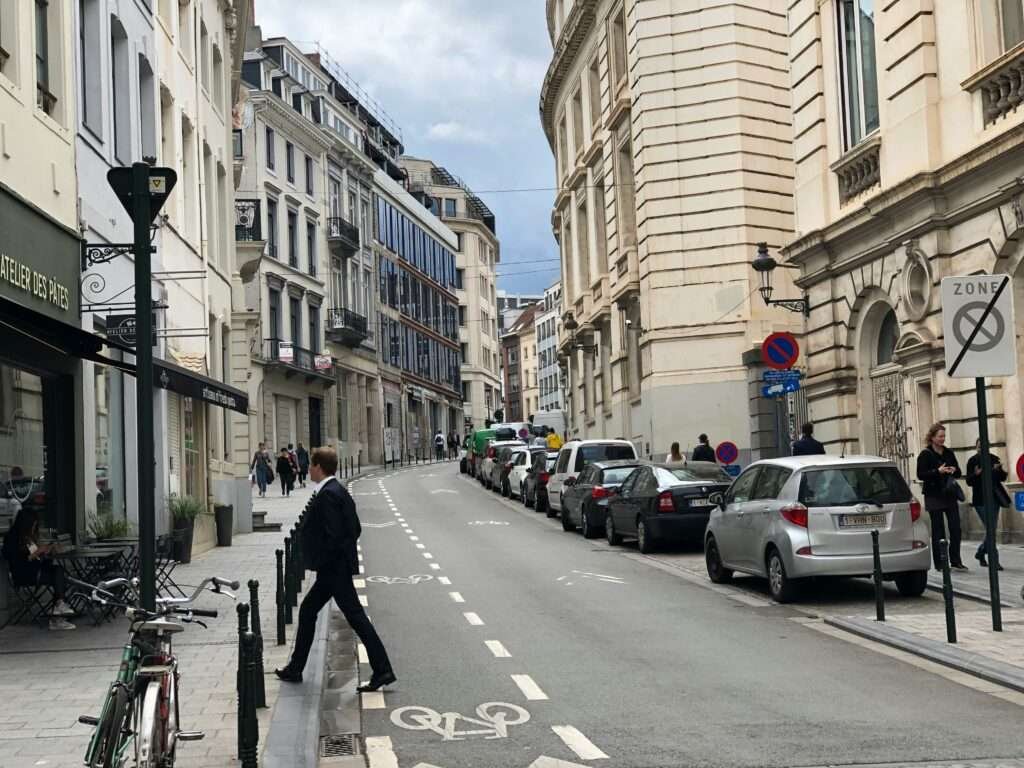 – Having a valid driving license is essential. If you’re from an EU/EEA country, your license is valid. Non-EU visitors may require an International Driving Permit (IDP) along with their national license.
– Having a valid driving license is essential. If you’re from an EU/EEA country, your license is valid. Non-EU visitors may require an International Driving Permit (IDP) along with their national license.
– The minimum age for driving a car is 18 years.
Road Infrastructure:
– Belgium boasts an extensive road network comprising highways (identified with an “A” or “E”) and smaller roads.
– Highways are generally well-maintained, but some rural roads may be narrow and winding.
– Take note of cobblestone streets, especially in older towns and cities.
Scenic Routes and Noteworthy Attractions
Belgium presents numerous scenic routes, such as the drive through the Ardennes forest region or the coastal route along the North Sea. Notable attractions that can be reached by car include the medieval city of Bruges, the historic battlefield of Waterloo, and the lively city of Ghent.
Speed Limits:
– Highways: 120 km/h (75 mph)
– Main roads outside built-up areas: 70-90 km/h (43-56 mph)
– Urban areas: 50 km/h (31 mph)
– Residential zones: 30 km/h (19 mph)
– Speed cameras and radar traps are widespread, so it’s important to adhere to the speed limits.
Traffic Rules:
– Drive on the right-hand side of the road.
– Seat belts are mandatory for all passengers.
– Using a mobile phone while driving is prohibited unless it is hands-free.
– It’s obligatory to have a warning triangle, reflective jacket, and first aid kit in your vehicle.
– Priority is given to vehicles coming from the right at intersections unless otherwise indicated by signs.
Roundabouts:
– Traffic within the roundabout has the right of way unless signaled otherwise.
– Use indicators when entering and leaving the roundabout.
Parking:
Securing parking in bustling cities like Brussels, Bruges, and Antwerp can prove to be difficult. Utilizing parking meters, underground garages, and Park-and-Ride options can simplify this task. It is important to be aware of designated parking zones and restrictions, as failure to comply may lead to fines. Parking regulations differ by city. Pay attention to signs indicating paid parking zones. In many cities, parking is restricted to blue zones, where you need to display a parking disc indicating your arrival time. Illegally parked cars may be towed or clamped.
 Fuel Stations:
Fuel Stations:
Gas stations are readily accessible along highways and within urban areas, providing various fuel options. Rest areas and service stations are conveniently situated, offering travelers opportunities to take breaks, refuel, and rejuvenate during their travels. Fuel stations are widespread, especially along highways, and most accept major credit cards. Diesel and unleaded petrol (95 and 98 octane) are readily available.
Toll Roads:
– Cars do not have to pay tolls on highways in Belgium. However, trucks over 3.5 tons are subject to a distance-based toll system.
Driving Under the Influence:
– The legal blood alcohol limit is 0.5 g/l (0.05%). Penalties for exceeding this limit are severe and include fines and license suspension.
Weather Conditions:
– In winter, be cautious of icy or snowy roads, particularly in the Ardennes region. Winter tires are recommended but not mandatory.
Navigating Cities in Belgium
When driving in major cities like Brussels, Antwerp, and Ghent, be prepared for complex one-way systems and heavy traffic, especially during rush hours. Additionally, many cities have low-emission zones (LEZ) with restrictions based on vehicle emissions. Ensure that your vehicle meets the criteria to avoid receiving fines.
Language Considerations
Keep in mind that road signs in Belgium are in the local language, which varies depending on the region: Dutch (Flanders), French. When traveling abroad, it’s essential to have an International Driving Permit (IDP) from IMTA (International Motor Traffic Association) to complement your regular driver’s license. The IDP translates your license into 15 different languages, making it easier for officials in foreign countries to understand. It’s important to note that the IDP is recognized in countries that have signed onto the 1949 or 1968 UN Conventions. Additionally, various bilateral treaties and agreements regulate the requirements for IDPs in different countries, so having the E-IDP International drivers license is crucial when traveling internationally. Apply For International Driving Permit For £35 Only. international driver’s license Belgium, international driver’s licence Belgium, international driver’s Permit Belgium, Get IDP online Belgium
Applying for an IMTA international driving permit is convenient as it can be done from anywhere in the world. Apply here and Get your IDP Fast
https://www.e-idp.co.uk/international-driving-license-application/
What you need to rent a car, and how to rent one
As a tourist, you’ll most likely be renting a car (more on that in a bit) for your road trip. Even so, there are certain requirements that you’ll have to check off before you get into it.
- You have to get an International Driver’s Permit. Apply for it online or head to the office — we prefer doing it in person because the queue is pretty short during off-peak hours, and you can get it done on the same day. It’ll cost S$20 and is valid for one year from the date of issue.
- A valid local driver’s license. international driving licence online
- You have to be at least 21 years of age and have held your local licence for a year. A surcharge may be imposed for drivers under the age of 25. international driver’s licence Belgium
- A passport for identification .
- A credit card in the driver’s name.
How to obtain an international driving permit
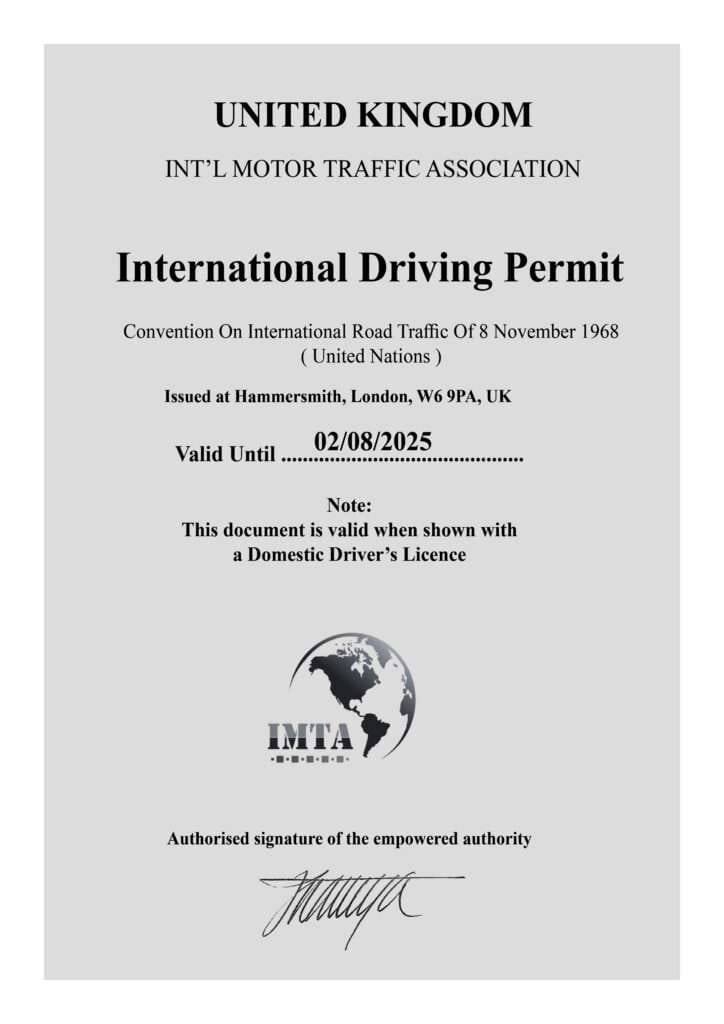
The process of obtaining an international driving license directly from an office can be quite challenging and time-consuming. The payment methods involved can also be complex. Therefore, it is recommended to consider applying for an international driving license from IMTA. The application process only takes around 10 to 15 minutes, making it a more efficient option for getting your international driving permit international driver’s license Belgium
The necessary details required for the application of an International driving permit include: Get IDP online Belgium
– Full Name
– Email & Phone Number
– Current Address
– Place of Birth
– National Driver’s License Number
– National Driver’s License Issued Date & Expiry Date
– Picture of Driver’s License & Your Head Shot Photo for Your IDP

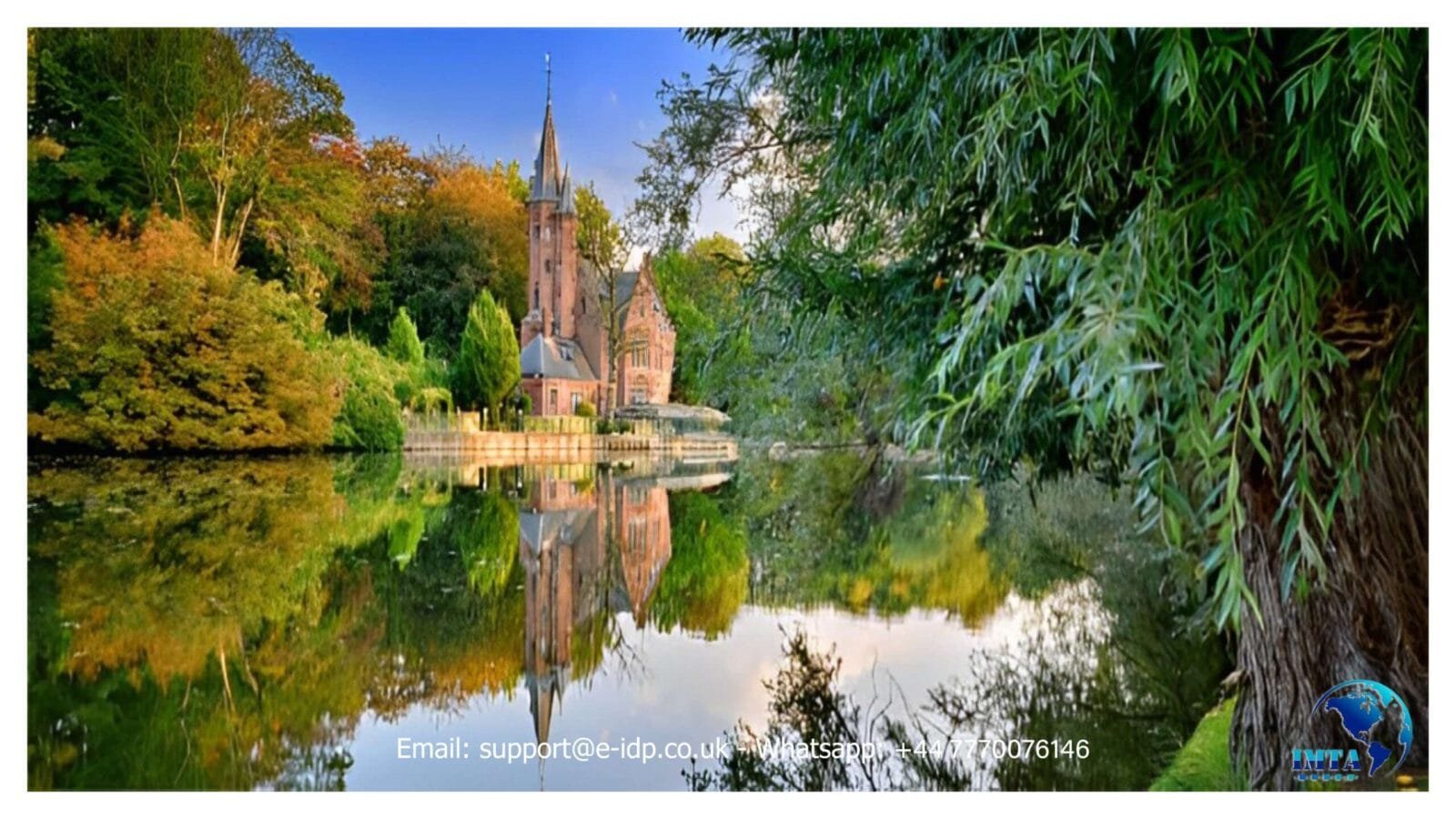
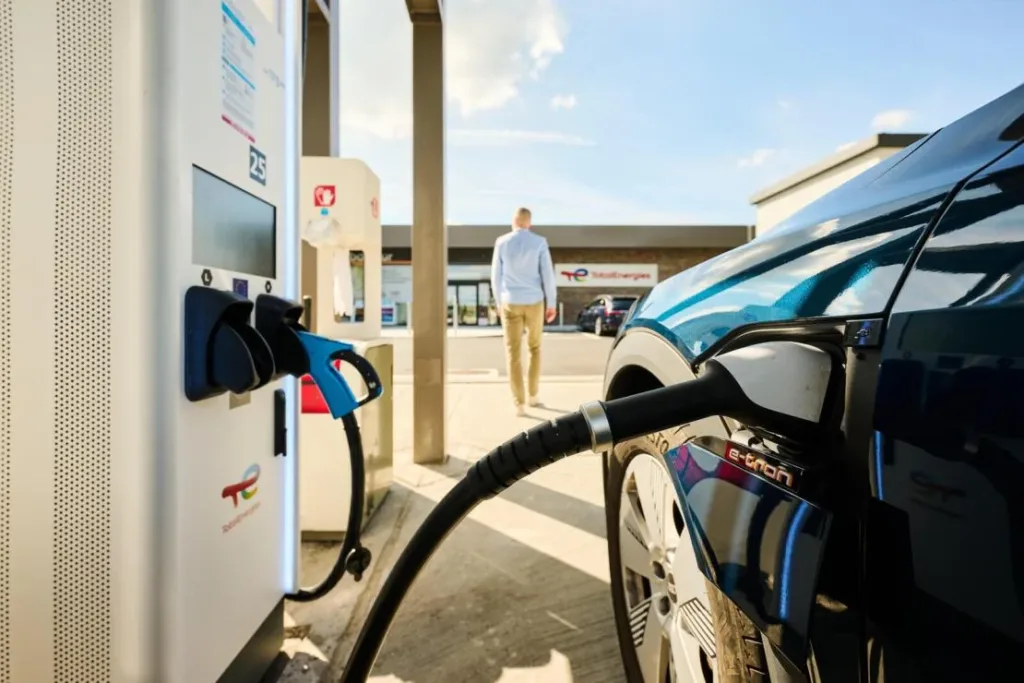 Fuel Stations:
Fuel Stations:

